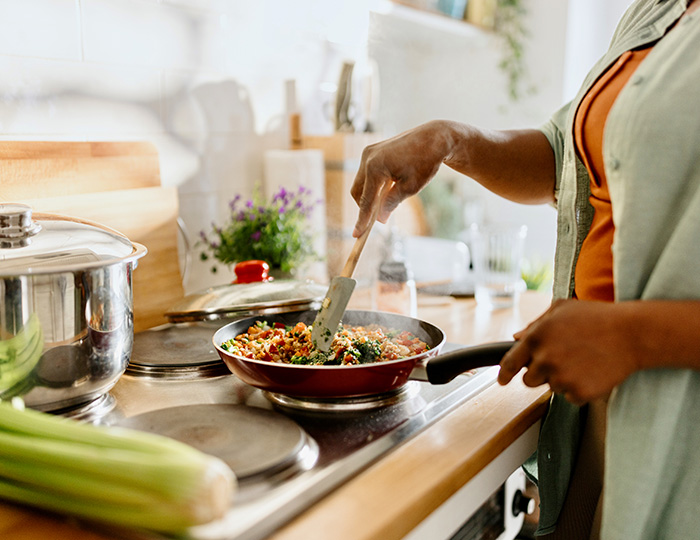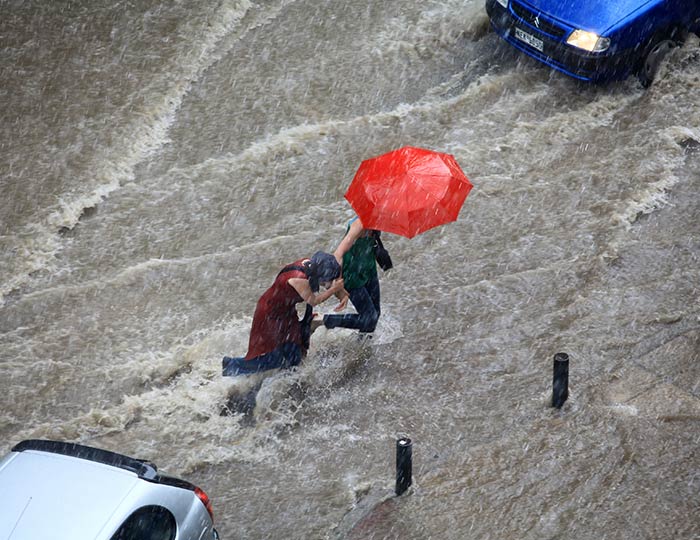Inequality and the Biosphere: Achieving the Sustainable Development Goals in an Unequal World
Reducing inequalities and maintaining healthy marine and terrestrial ecosystems are pivotal to achieving sustainable development, yet the interactions between these goals have been largely underexplored. An improvement in one goal can enhance, but also undermine another goal, thereby hindering their collective achievement. In this project, we aim to identify synergies and trade-offs between the crucial ambitions of reducing inequalities and safeguarding the biosphere.
The challenges of growing inequalities and the unprecedented pace of global environmental change are reflected in a number of Sustainable Development Goals (SDGs), particularly those aimed at reducing inequalities within and among nations (SDG 10), as well as protecting life below water (SDG 14) and on land (SDG 15). Interactions between inequality and the biosphere can play out in different ways, and across multiple spatial and temporal scales. Widening economic and social inequalities may exacerbate environmental impacts such as hurricanes, collapsing fish stocks, and wildfires. In turn, this can then influence how people use and manage natural resources, often leading to further environmental impacts and degradation.
However, interventions to safeguard life in the sea and on land may inadvertently increase inequalities in communities dependent on those resources. At larger scales, inequalities may manifest through imbalances of power and market control over natural resources, as in the case of “keystone corporations”. Such corporations control a significant fraction of the global production of harvestable biomass, and could therefore play a central role in achieving the biosphere-based SDGs. As these examples illustrate, the interactions between inequality and the biosphere are highly varied, and achieving any one of goals 10, 14, or 15 is likely to influence the potential to achieve the others. Yet, there is currently a lack of understanding of the patterns of interactions at different scales, and the processes that underlie them. As a result, potential synergies and trade-offs relating to goals 10, 14 and 15 are not sufficiently accounted for in the practices of governments, businesses, and other stakeholders.
The project’s aim is to identify synergies and trade-offs between reducing inequalities (SDG 10) and safeguarding the biosphere (SDGs 14 & 15; see Figure).

We will achieve this goal by pursuing three specific objectives:
- Patterns: To identify and map occurrences of synergies and trade-offs between reducing inequalities and safeguarding the biosphere at different scales.
- Processes: To investigate how and why inequalities influence the interactions between actors (from individuals to corporations) and the biosphere, using case studies of the seafood and palm oil industries in Indonesia.
- Practice: To educate, engage and empower a variety of actors to identify and implement practical interventions that enhance synergies and minimize trade-offs to achieve sustainable development.
This project will not only contribute new data and scientific knowledge regarding the interactions between key SDGs, but also enable the application of this knowledge for transformative action at the local, regional, as well as global scale.
This project originated from the second cohort of the Beijer Young Scholars, a program initiated by the Beijer Institute to create international networks of early-career researchers to stimulate cooperation across disciplines and the emergence of new research paths in response to global sustainability challenges.
Project team
Principal investigator: Carl Folke (Beijer Institute)
Junior principal investigators: Patrik Henriksson (Beijer Institute and Stockholm Resilience Centre), Emilie Lindkvist (Stockholm Resilience Centre),
Juan Rocha (Stockholm Resilience Centre), and Caroline Schill (Beijer Institute,
Core team members: Tomas Chaigneau (University of Exeter, UK), Maike Hamann (Stellenbosch University, ZA), Robert Heilmayr (University of California, US), Alon Shepon (Tel Aviv University IL), Andrew Tilman (University of Pennsylvania, US), Tong Wu (Chinese Academy of Sciences), Tracie Curry (Univ. of Fairbanks), Yolanda Lopez-Maldonado
Extended team: Kevin Berry (Univ. of Alaska), Jonas Hentati-Sundberg (Swedish University of Agricultural Sciences), Amir Jina (Univ of Chicago), Matías Piaggio (Universidad de la República, Uruguay), Jiangxiao Qiu (University of Florida), Inge van den Bijgaart (Gothenburg University)
Senior advisor: Anne-Sophie Crépin (Beijer Institute)
Advisory board: Belinda Reyers, Shakuntala Thilsted , Henrik Österblom
Local project partner: LIPI (Indonesian Institute of Sciences)
Other partners: SeaBOS (Seafood Business for Ocean Stewardship, and
Roundtable on Sustainable Palm Oil
Funding: Formas Call “Realising the global sustainable development goals 2019” (#2020-00454)
Project start: January 2021 (4 years)
NEWS



